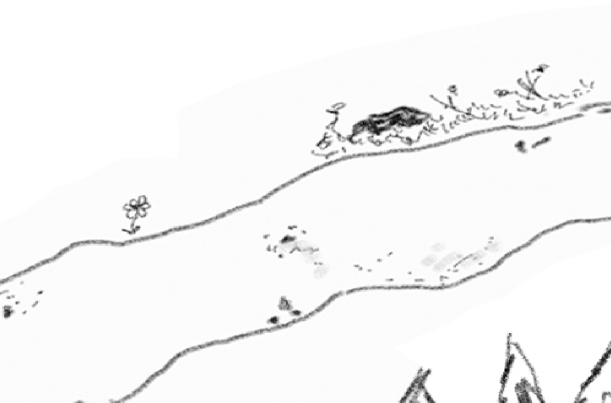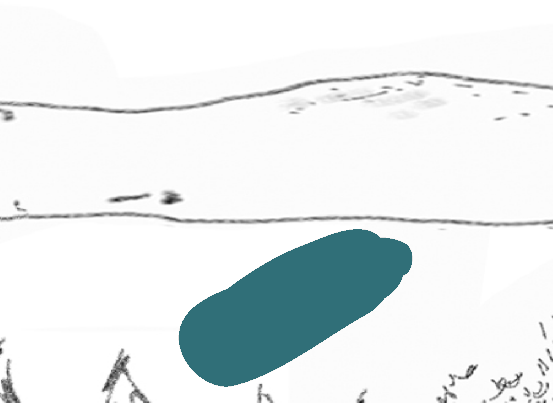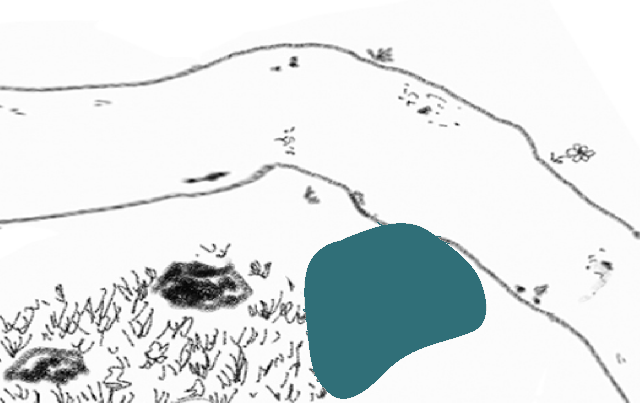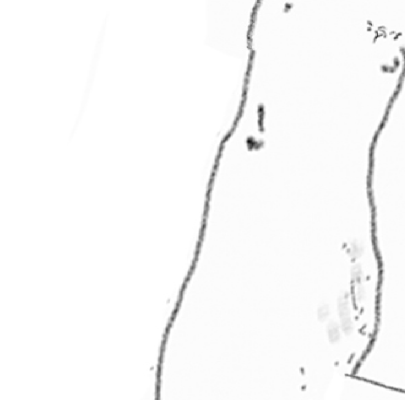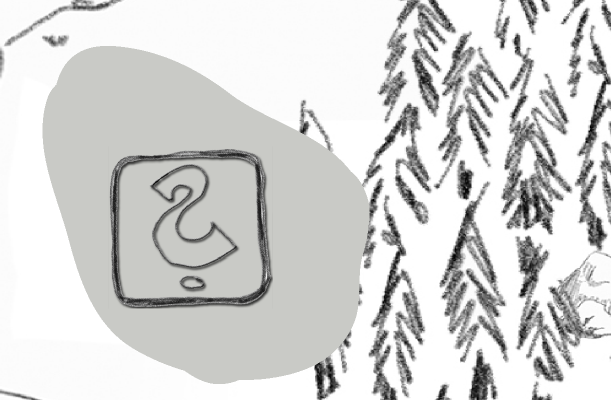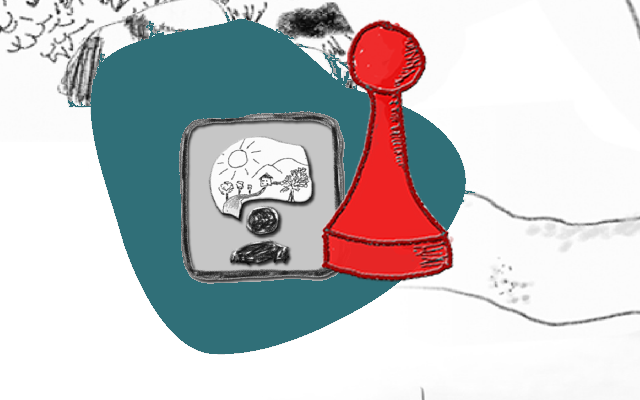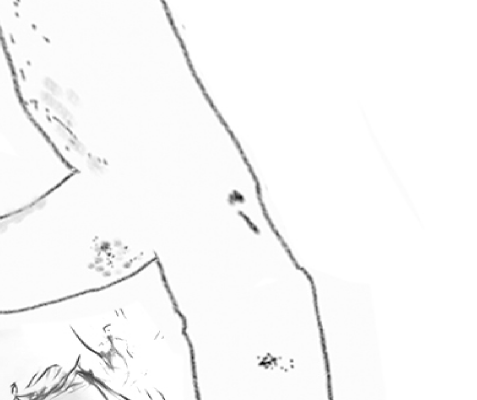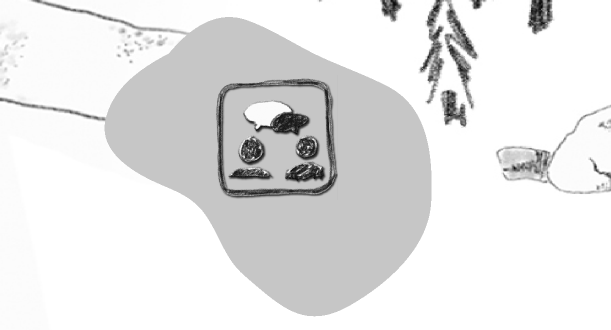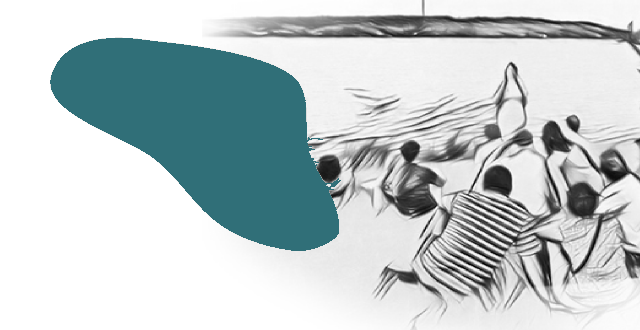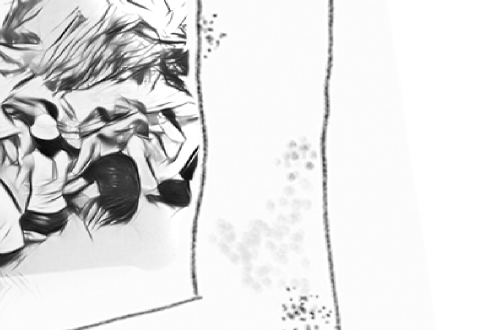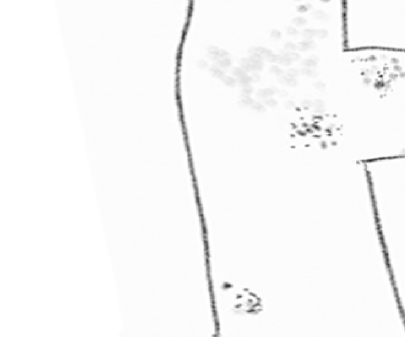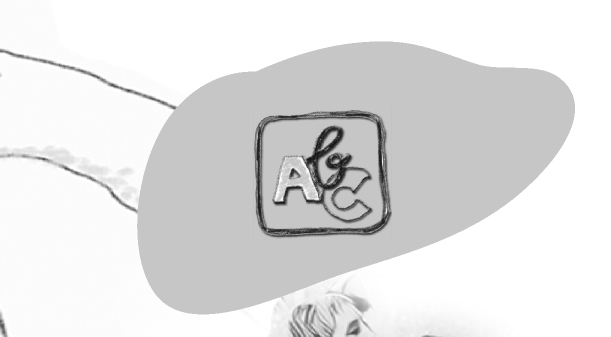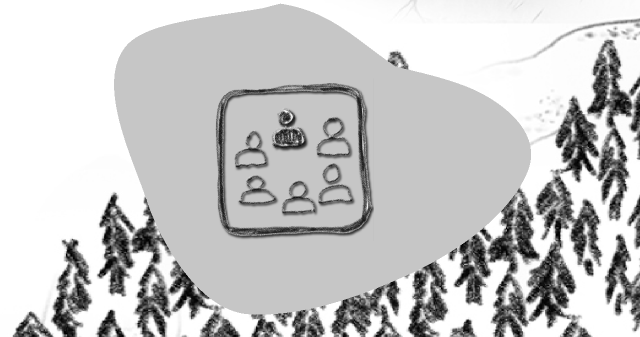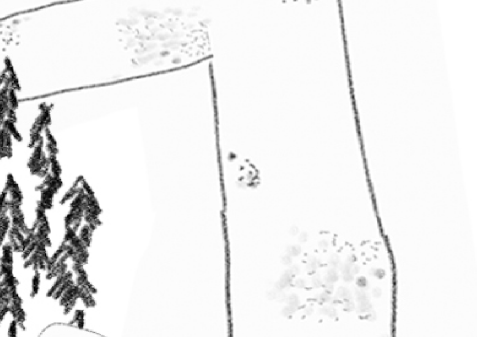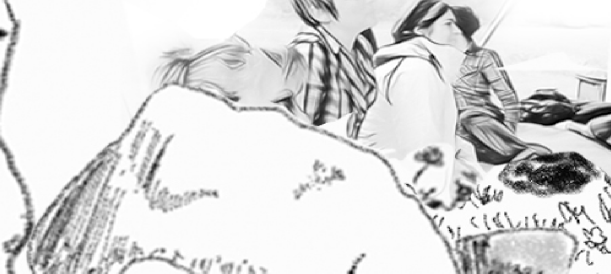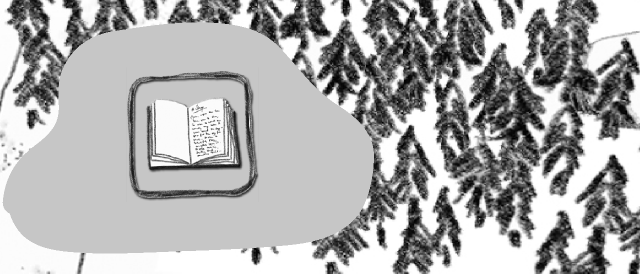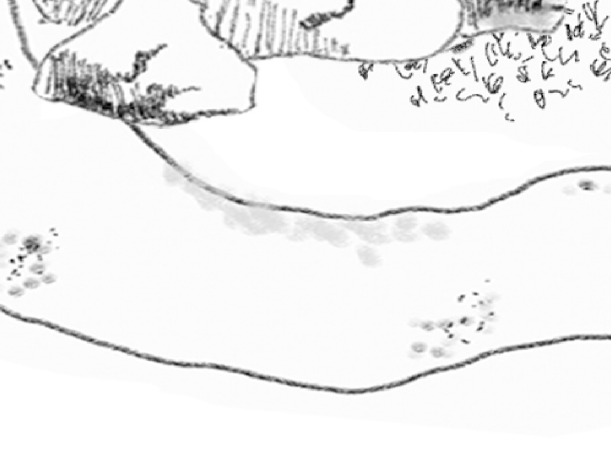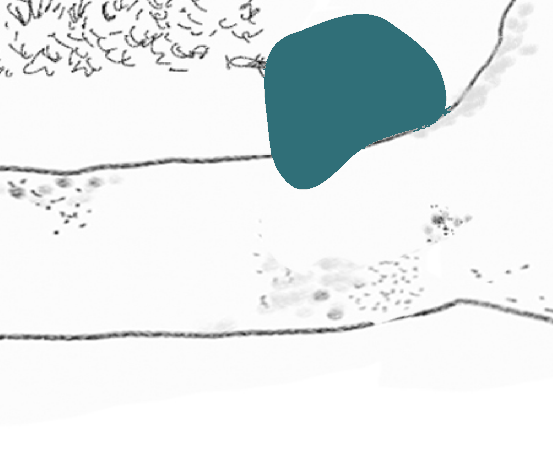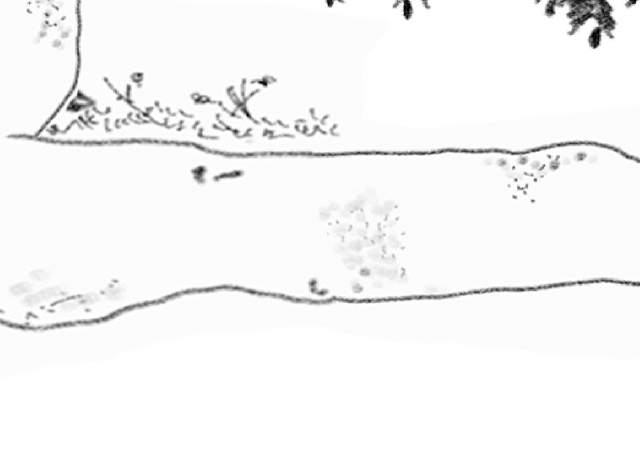Module -Storytelling
The relation with storytelling
When we approach storytelling from the perspective of competence oriented learning, we realise that many of the components in the model of competence, may be easily related to storytelling. It is possible to analyse a story and identify the knowledge included. It is also possible to see how the story may relate to skills and attitudes (listening skills, numeracy skills, communicative skills and empathy, concentration, moral issues etc.). Less obvious it becomes when we focus on the other aspects of the competence model (the actions, in a context at a particular level of quality). The situation in which the story is told consists of phases or layers in which learning and competence development takes place in different ways, as described below.Phases and layers of storytelling
In a storytelling situation we distinguish between the story as it is told as such, the way the story is presented and shared, the ways the content is processed once the story is told, and the process of transferring the story and the related competences to another situation than the one directly included in the story.
| Phases/layers of storytelling | Adult’s actions |
| Listening to the story | The adult learns by identifying with characters in the story in the context as given in the story |
| Interacting while listening to the story | The adult learns in a process of active involvement in the course of events through questions, signals, objects etc. |
| Processing the story | The adult learns by reflecting upon the story through questions of the story teller or peers, or by tasks such as drawing a picture, engage in role play, etc. |
| Competence oriented action | The adult is invited, challenged to transfer the acquired competences in other situations |
| Storytelling competence | The adult develops storytelling competences itself that may be shown in re-telling the one just told, or in adding other own stories |
Would you like to know how to embed storytelling in a lesson? Check out our reflections and examples on instructional design and storytelling in the Module Learning Scenarios ▾.
 |
 |
 |

